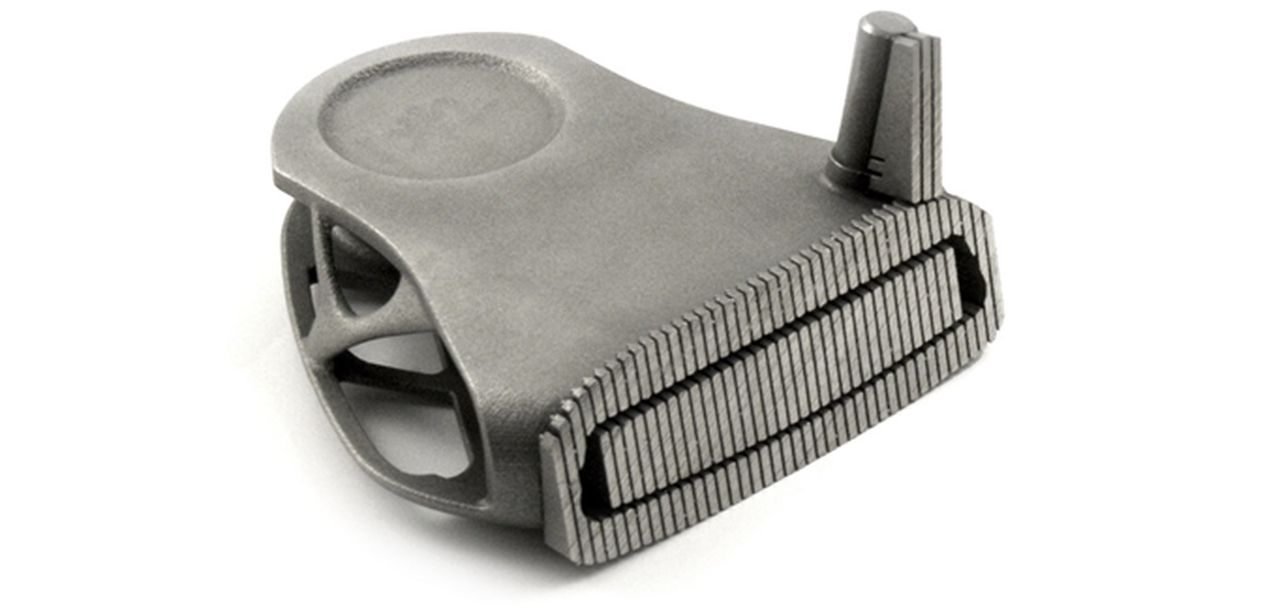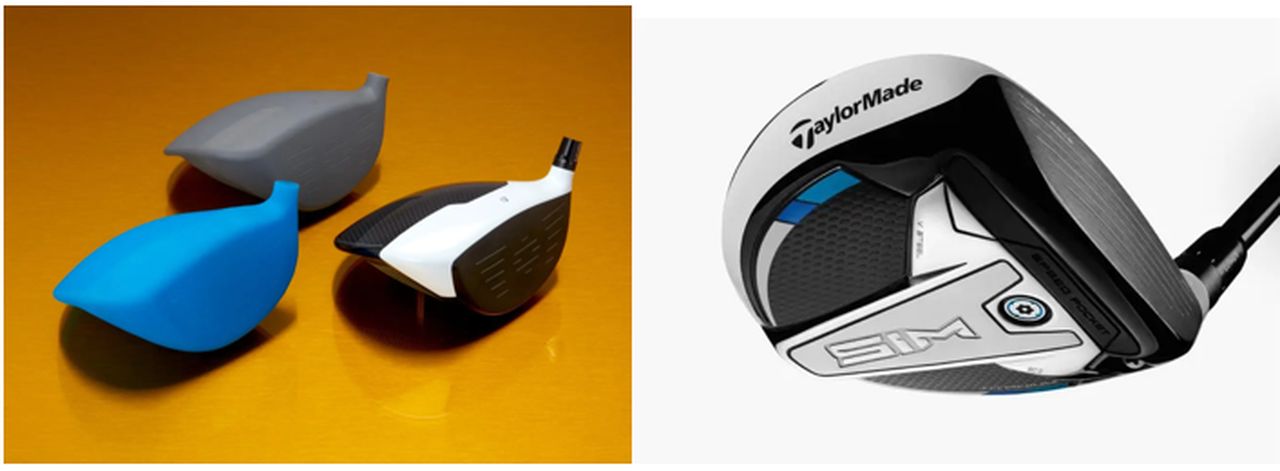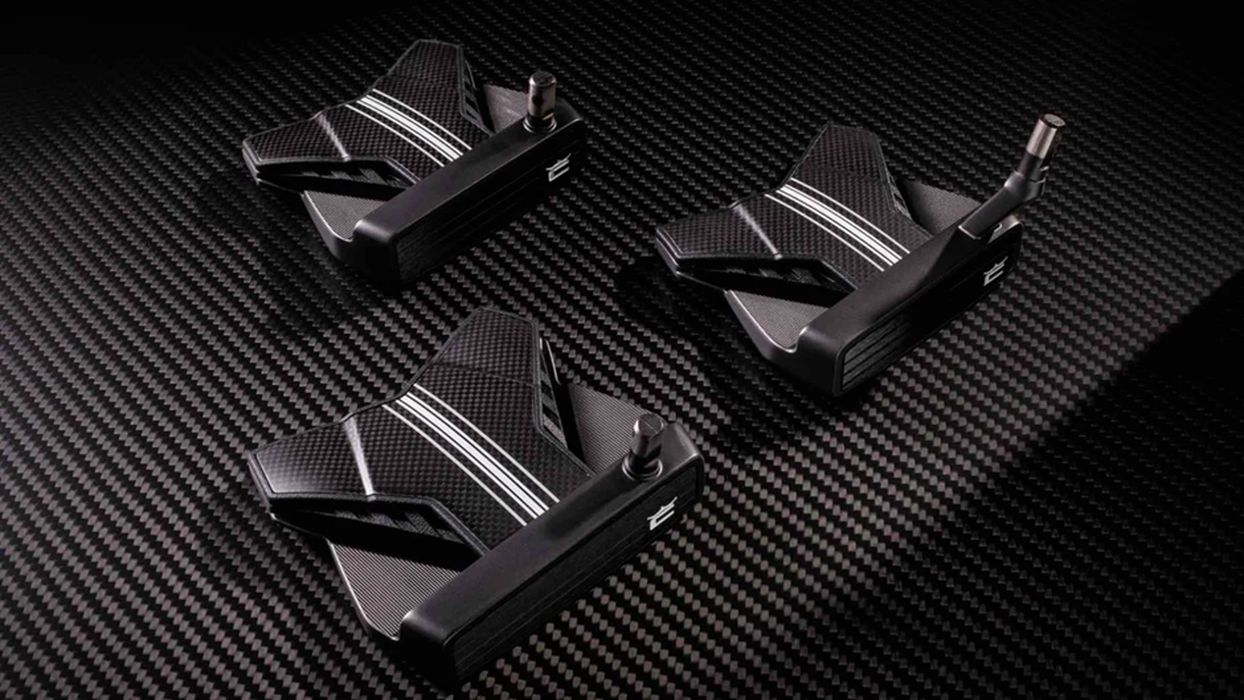
Charles R. Goulding and Andressa Bonafe discuss Steve Cohen’s advocacy for a 4-day workweek and his investments in golf technology.
Billionaire investor Steve Cohen, Chairman and CEO of Point72 Asset Management, recently discussed his vision of a 4-day workweek in an interview with CNBC. Cohen predicts that advancements in artificial intelligence (AI) and automation will facilitate this transition, allowing for increased productivity within a condensed time frame. Alongside his insights into market trends, Cohen’s perspective on the future of work aligns with his recent investment in golf technology.

His 2023 investment in Tiger Woods and Rory McIlroy’s golf startup TGL, a primetime, high-tech golf league, reflected his belief that technological innovations will make golf more accessible and enjoyable for players of all skill levels. As people have more time for leisure, travel, and experiences due to a shorter workweek, Cohen anticipates a growing interest in activities like golf.
The billionaire’s confidence in the long-term viability and appeal of professional golf was once again reiterated in January 2024, when his investment in the PGA Tour made the headlines. Cohen’s strategic investments not only reflect his optimism about the future of sports like golf but also underscore his broader vision of the evolving relationship between work, technology, and leisure. Back in 2021, Callaway Golf Company’s merger with Topgolf already signaled a broader trend towards innovation and growth within the golf industry, giving a taste of what could be expected in the evolving landscape of leisure activities and entertainment. The merger created a global leader in the game of golf, combining Callaway‘s expertise in equipment and apparel with Topgolf‘s innovative approach to entertainment and technology-driven experiences. In the context of a 4-day workweek, Topgolf facilities could benefit from increased demand, introducing many new participants to the game.
Golf 3D Printing
As we consider how technology can reshape the future of golf, additive manufacturing stands out as an important asset particularly when it comes to equipment design and production. Often referred to as a “game of precision”, golf requires a unique combination of skill, technique, and equipment. Every golfer, whether amateur or professional, understands the importance of having the right gear. 3D printing technology is opening the way for a paradigm shift in golf-related applications, offering unprecedented opportunities for customization, innovation, and performance enhancement. From club design to course accessories, additive manufacturing holds tremendous transformative potential for the sport.
Redefining Club Design and Performance
One of the most notable golf-related applications of 3D printing is club manufacturing. Up until recently, traditional methods of production have often limited the scope of design innovation due to the constraints that are imposed by these techniques. 3D printing is revolutionizing this scenario, allowing manufacturers to push the boundaries of creativity and functionality, leading to the development of unprecedented club designs.
Callaway Golf: A striking example of this trend was the 2018 collaboration between GE Additive and Callaway Golf, which resulted in the redesign of the Odyssey R-Ball Prototype putter head. Originally tailored for the Japanese market, it boasted exceptional performance but had an acoustic signature that was uniquely suited to the preferences of Japanese golfers. GE Additive Addworks’ team used their extensive experience to guide Callaway through the process of refining acoustic characteristics without compromising performance. They utilized topology optimization and acoustical mapping to create an optimal design, adding geometry that would not have been possible with conventional casting methods.

TaylorMade Golf: A renowned leader in golf club manufacturing, TaylorMade has also used 3D printing to stay ahead of the curve. The creation of the SIM Fairway is not only a testament to the company’s commitment to pushing boundaries but also an illustration of how additive manufacturing can allow for design innovation that ultimately creates new performance benchmarks for players. Throughout the development process, TaylorMade engineers leveraged their in-house Formlabs 3D printers to bring CAD files to life. Freed from prototyping cost constraints, they could explore weight distributions and designs in 3D space. The ability to print with different materials further supported experimentation – Draft Resin was used for quick iterations, while Grey Resin allowed for the creation of more realistic prototypes. Thanks to additive capabilities, the team was able to test multiple new shapes for the weighted sole plate inserts on the SIM Fairway. These 3D-printed components allowed them to create a better club, enhancing performance and consistency.

Cobra Golf: Renowned for its innovative design and manufacturing techniques, Cobra made a significant splash in the putter market with the introduction of their King 3D Printed putter line in 2022. More recently, the Company leveraged cutting-edge HP Multi Jet Fusion technology to once again elevate the game by incorporating novel materials and inserts into its latest offerings.
The heart of these putters lies in their 3D Printed cartridge, meticulously crafted using HP Multi Jet Fusion Technology. This approach optimizes weight distribution, enhances sound, improves feel, and ultimately boosts performance. Cobra’s commitment to pushing boundaries is evident: they were the first in the golf industry to embrace 3D printing for club and putter design. Their new 3D Printed family sets a high bar for both technology and performance, as stated by Jose Miraflor, VP of Marketing & Product Architecture.

Collaborating with LA Golf, Cobra integrated a milled 6061 aerospace-grade aluminum face insert into the 3D Printed putter line. This insert features LA Golf’s patented Descending Loft Technology, which optimizes launch and spin off the club face. Much like the roll on a driver or fairway wood face, this technology ensures consistent impact parameters even when the ball is struck above or below the sweet spot. Additionally, the 3D Printed putters boast a carbon fiber crown, similar to the material found in their new Darkspeed drivers, further fine-tuning mass properties. The combination of 3D printing, MIM body construction, and the aluminum face insert results in one of the most performance-driven putter lines available.
Avoda Golf: The impressive potential of additive manufacturing in golf recently made the headlines, as Bryson DeChambeau chose to use a set of 3D-printed irons at the 2024 Masters. Created by little-known Avoda Golf, the one-of-a-kind design was tailored to DeChambeau’s swing characteristics, incorporating bulge and roll into the face design. The player attributed his choice to the irons’ superior performance on mishits, which helps mitigate misses across the entire face.
As illustrated by the examples above, a growing number of golf companies are turning to 3D printing to gain competitiveness. Innovative US-based companies can take advantage of R&D tax credits as they use additive manufacturing to elevate their game.
The Research & Development Tax Credit
The now permanent Research and Development (R&D) Tax Credit is available for companies developing new or improved products, processes and/or software.
3D printing can help boost a company’s R&D Tax Credits. Wages for technical employees creating, testing and revising 3D printed prototypes can be included as a percentage of eligible time spent for the R&D Tax Credit. Similarly, when used as a method of improving a process, time spent integrating 3D printing hardware and software counts as an eligible activity. Lastly, when used for modeling and preproduction, the costs of filaments consumed during the development process may also be recovered.
Whether it is used for creating and testing prototypes or for final production, 3D printing is a great indicator that R&D Credit eligible activities are taking place. Companies implementing this technology at any point should consider taking advantage of R&D Tax Credits.
Conclusion
In the competitive world of golf, innovation is bound to become even more central as technology changes the sport and creates greater demand due to a shorter workweek. The integration of 3D printing technology marks a significant milestone in the evolution of golf equipment and accessories. As manufacturers continue to harness the power of additive manufacturing to stay ahead of the curve, golfers can look forward to a future where their gear is not just functional but perfectly attuned to their unique requirements.
